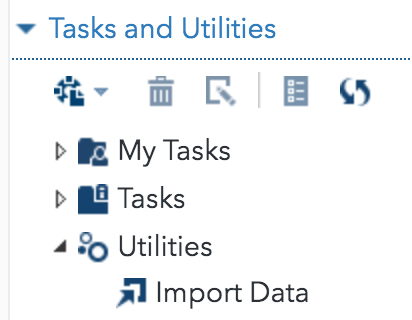Giving Students Their Money’s Worth Online
As someone who has taught for over 30 years, and online for most of the last 7, I can tell you that online courses can actually be better.
As someone who has taught for over 30 years, and online for most of the last 7, I can tell you that online courses can actually be better.
In my first ever post on fashion, I discuss rules for attire in web meetings. Number one: Wear clothes.
To fight off quarantine boredom, my granddaughter, Eva, and I have a nightly blogging challenge. Feel free to join us.
Want to be stressed less? Start your day with something you look forward to and check out what your public library has to offer (yes, really)
If you think you should be feeling as if everything is fine, STOP IT! Everything is NOT fine. Even if you are healthy and your rent is paid, there is still a pandemic.
Of all the qualities necessary to be a successful statistical consultant, none is more important than communication, even if that communication is only with your future self.
There are actually 5 strengths you need to be a successful statistical consultant; communication, testing, statistics (duh), programming and general knowledge outside of your field.

You can get data from PHPMyAdmin into SAS Studio with a dozen clicks, even if you know zero SQL.

First of all, I want to draw your attention to this retraction in the Journal of the American Medical Association and mad props to Drs. Aboumatar and Wise and John Hopkins for doing the right thing in publicly retracting it. For the TL; DR crowd Someone who is probably now unemployed miscoded the study groups…

Never fear, I’m not going to post all 30 things in this post. This is a series. A LONG series. Get excited. I was invited to speak at SAS Global Forum next year and it occurred to me after thinking about it for 14.2 seconds that there are plenty of people at SAS and elsewhere…